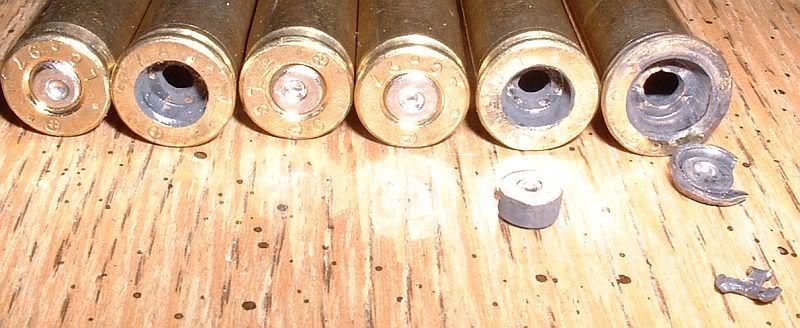Frank de Haas wrote a series of books that examine single shot actions in great detail. After all of his research he was a big fan of the #1.
Single Shot Rifles And Actions (ISBN 0-910676-01-x)
A Potpourri Of Single Shot Rifles And Actions
More Single Shot Rifles And Actions
Mr. Single Shot's Book Of Rifle Plans
All interesting reading for fans of the single shot rifles.

|
   
   
|


|





 Reply With Quote
Reply With Quote
















